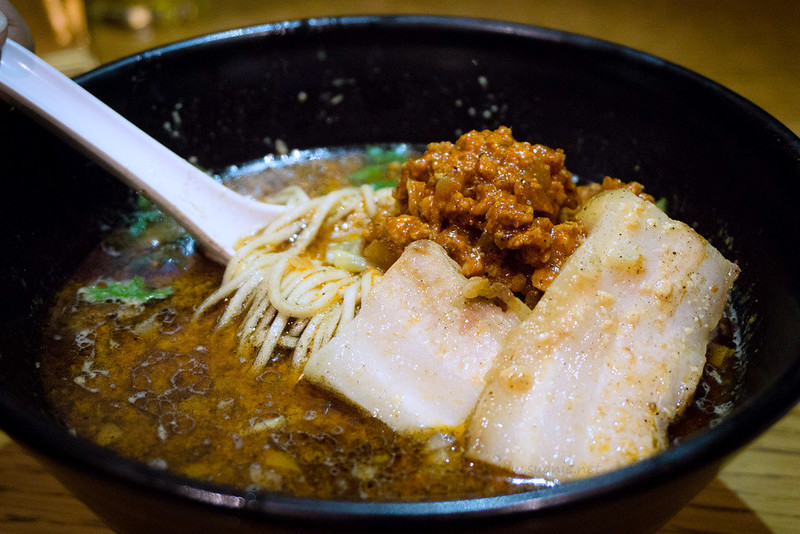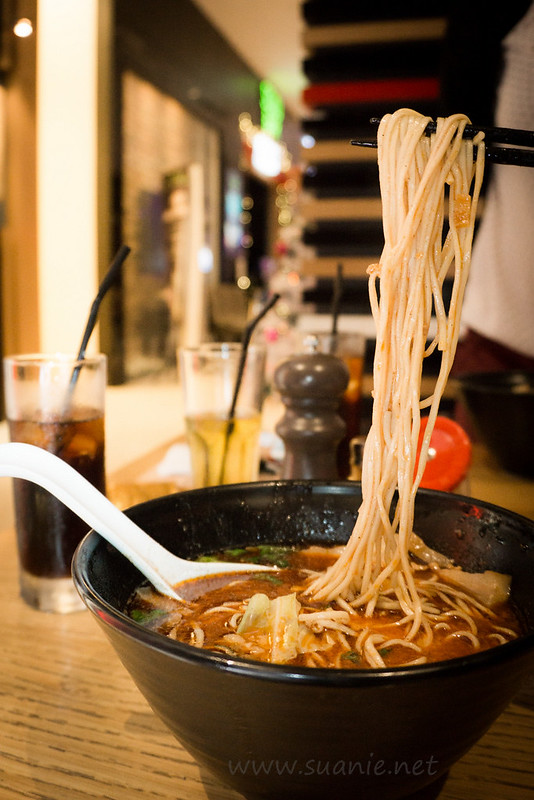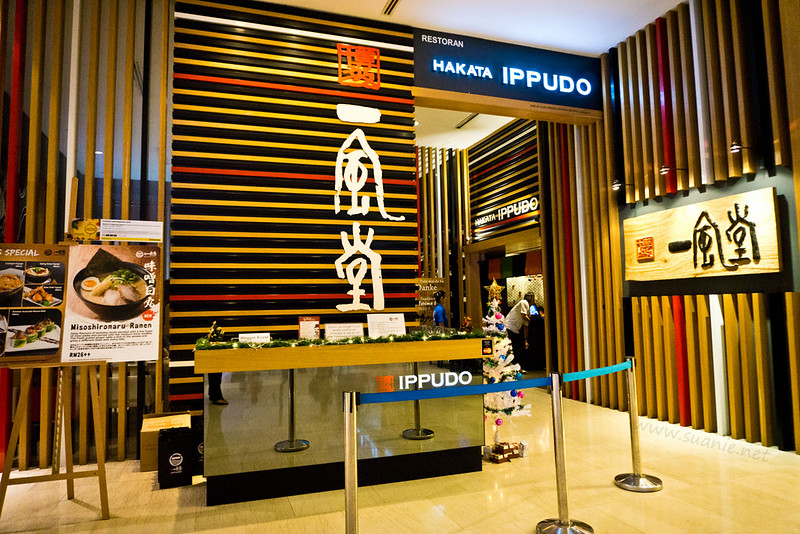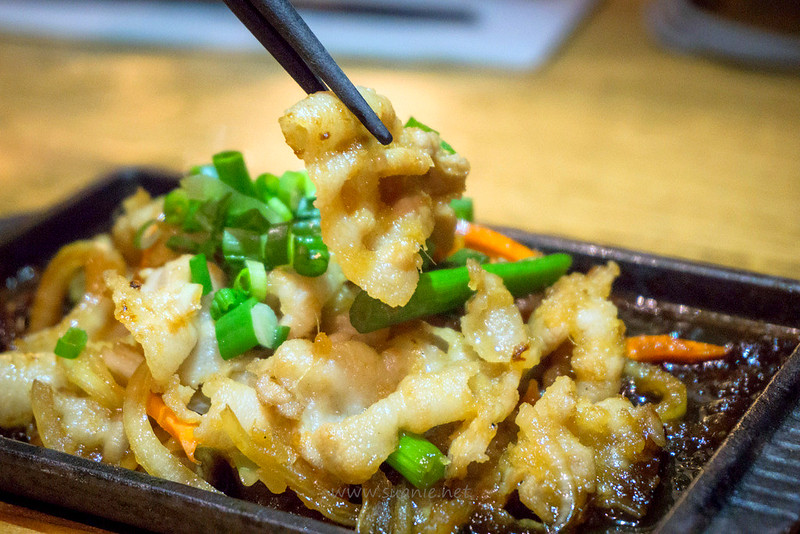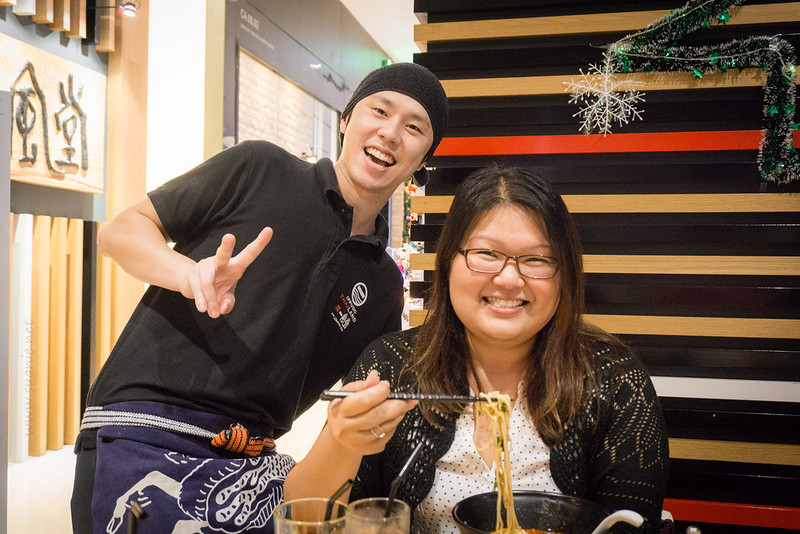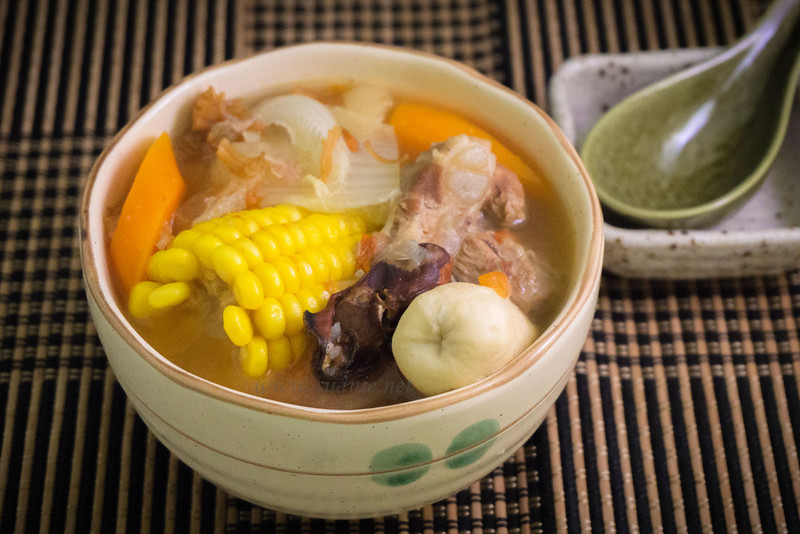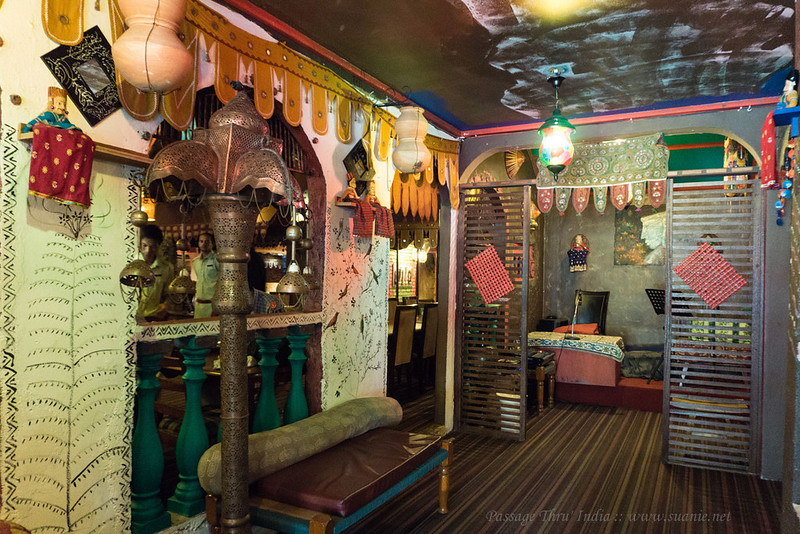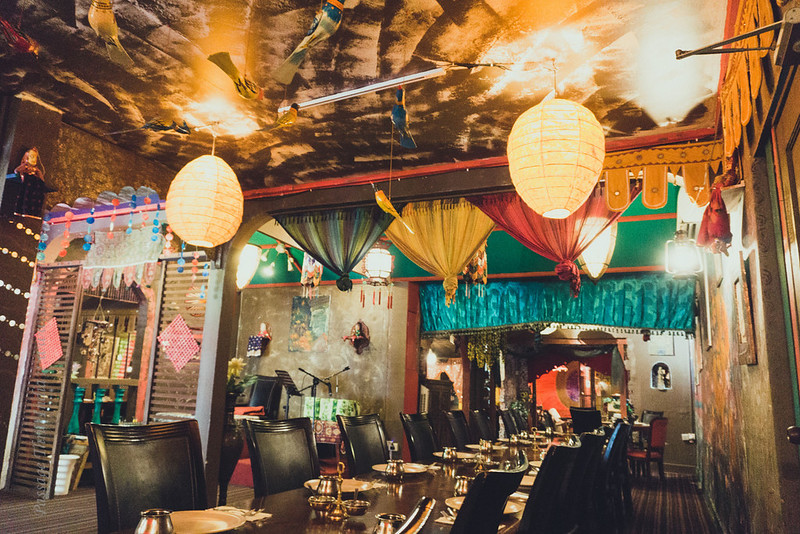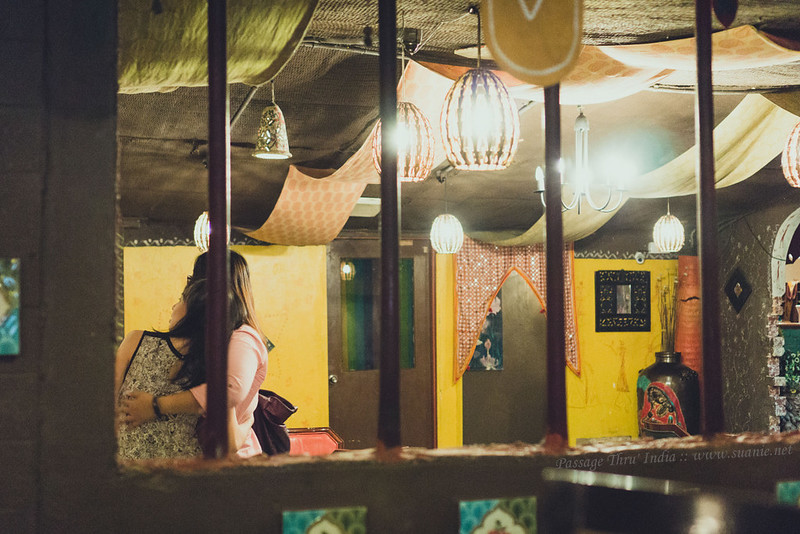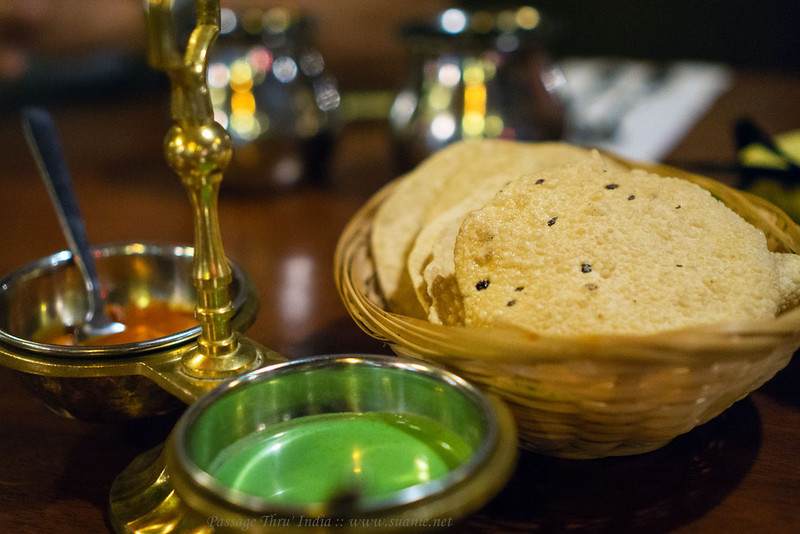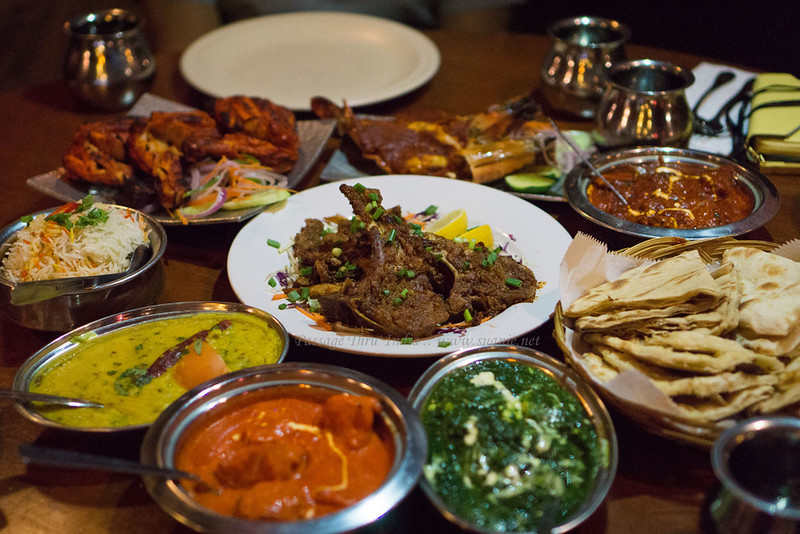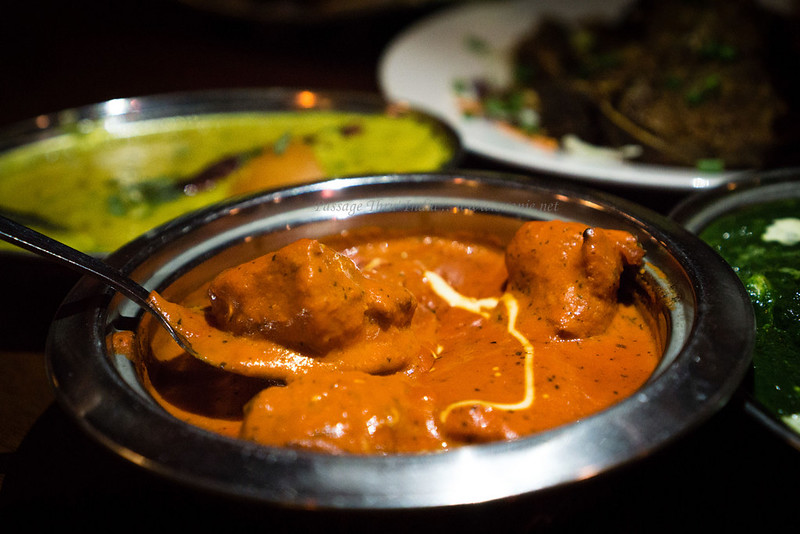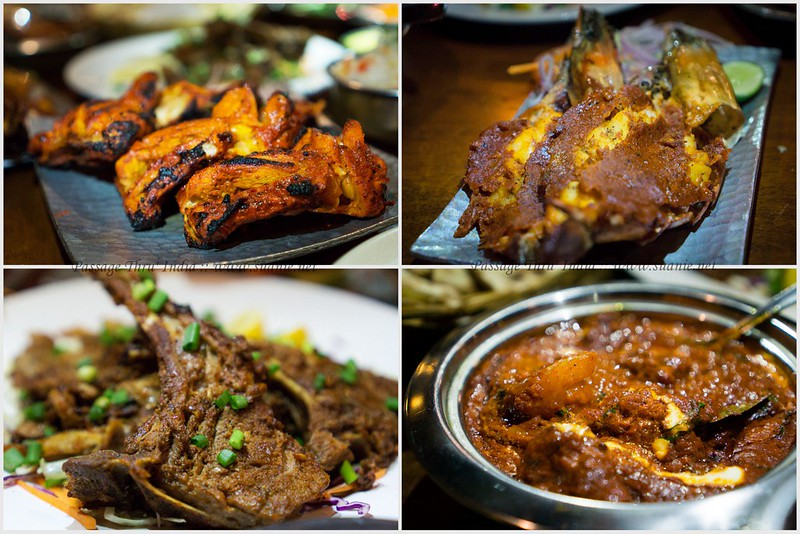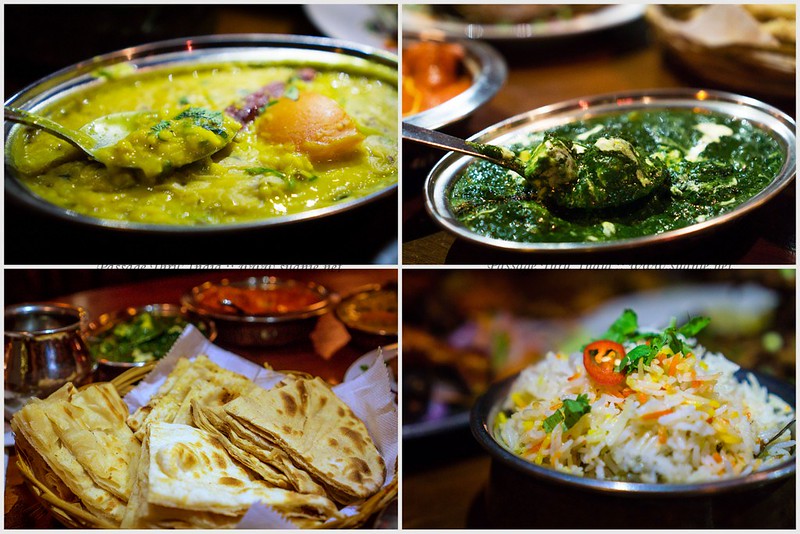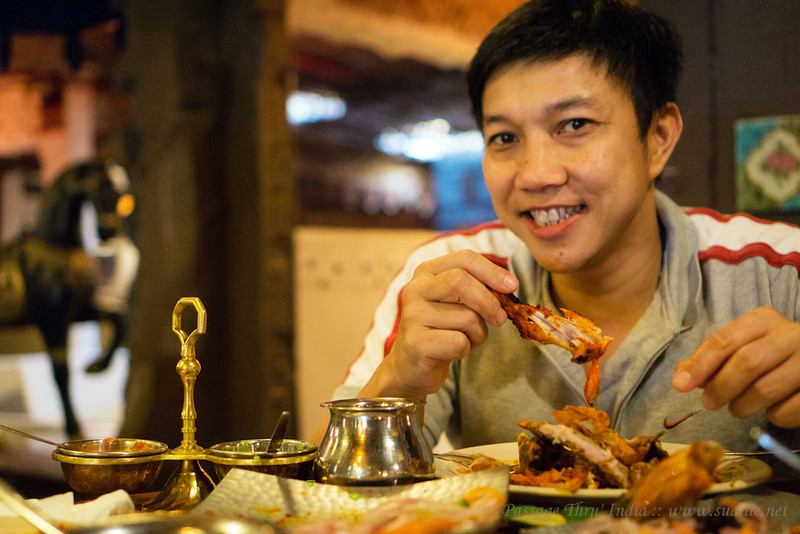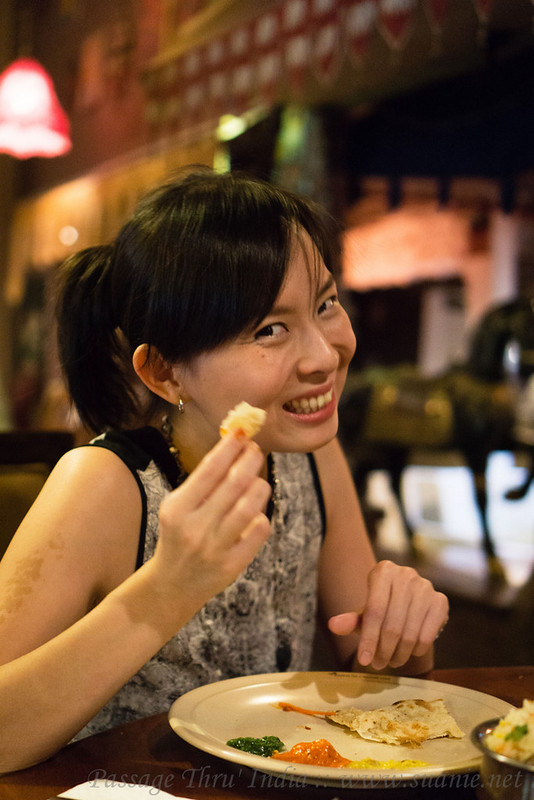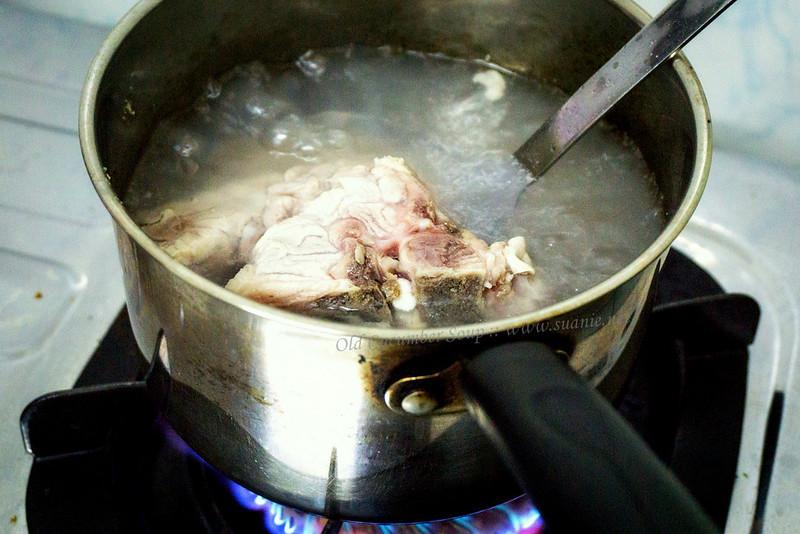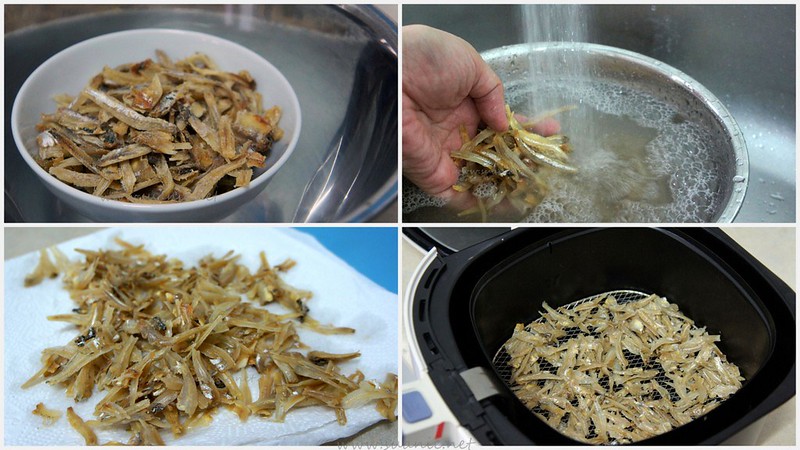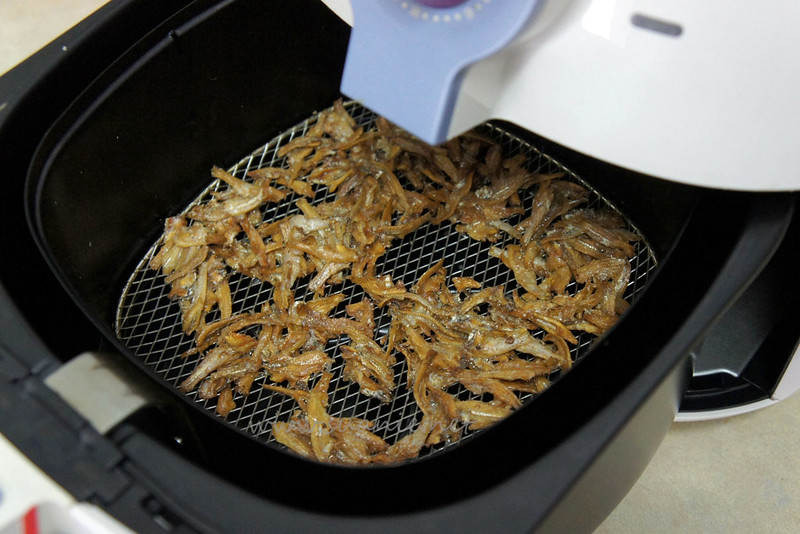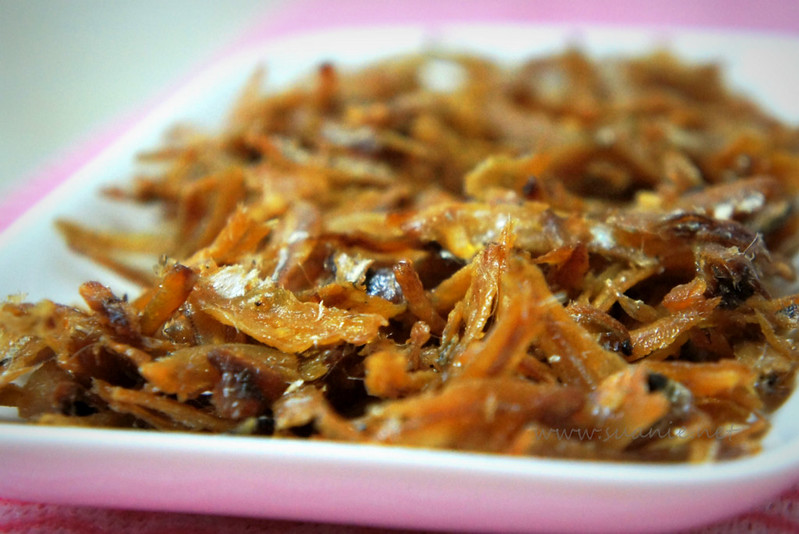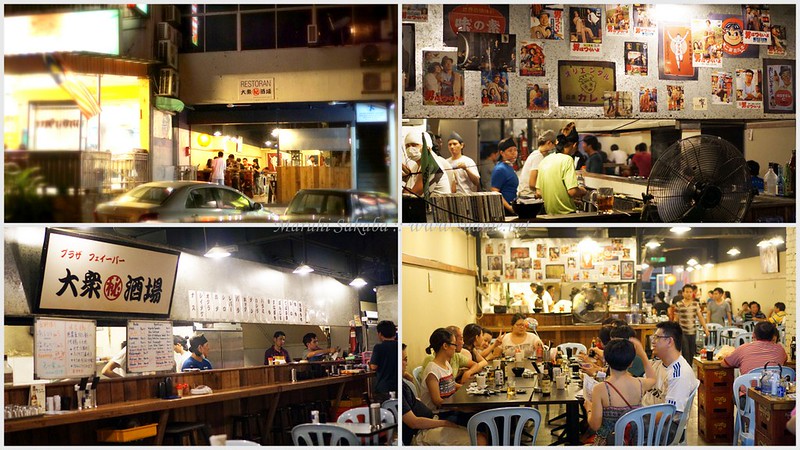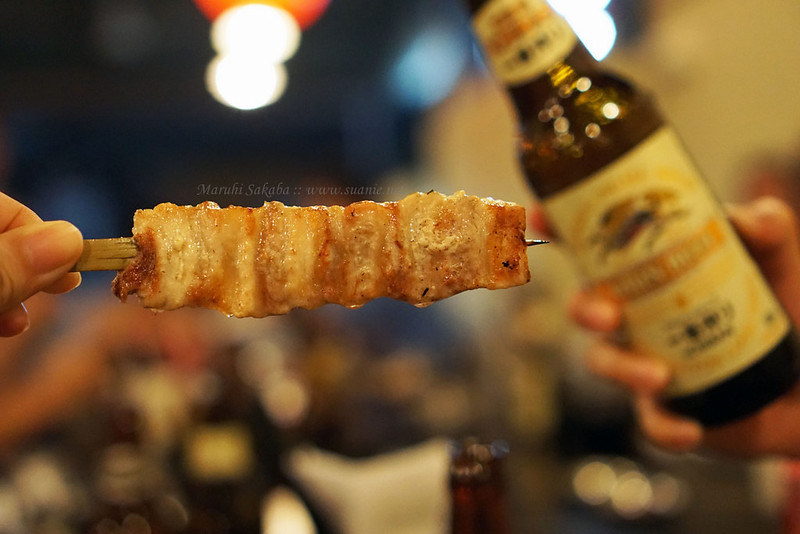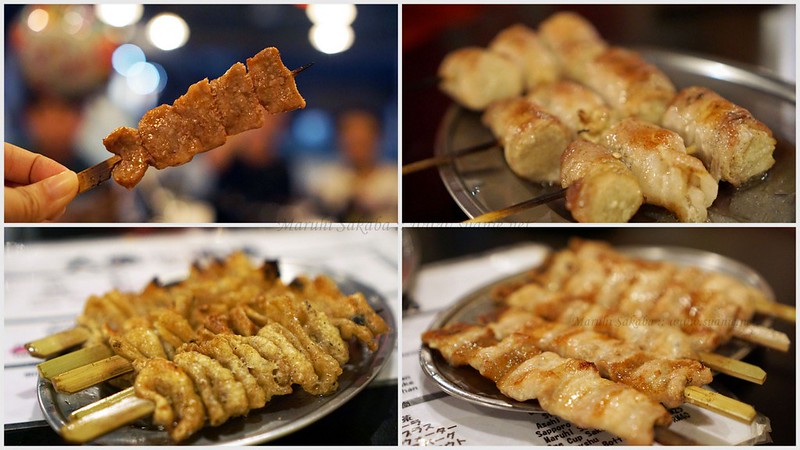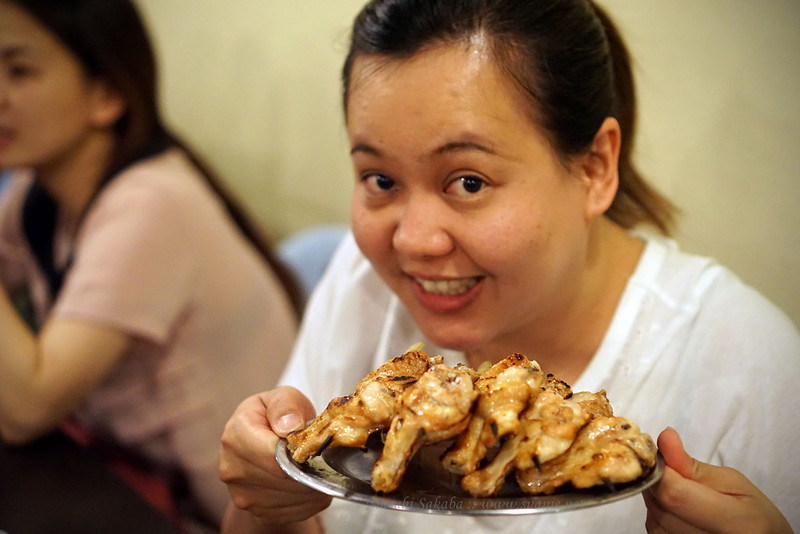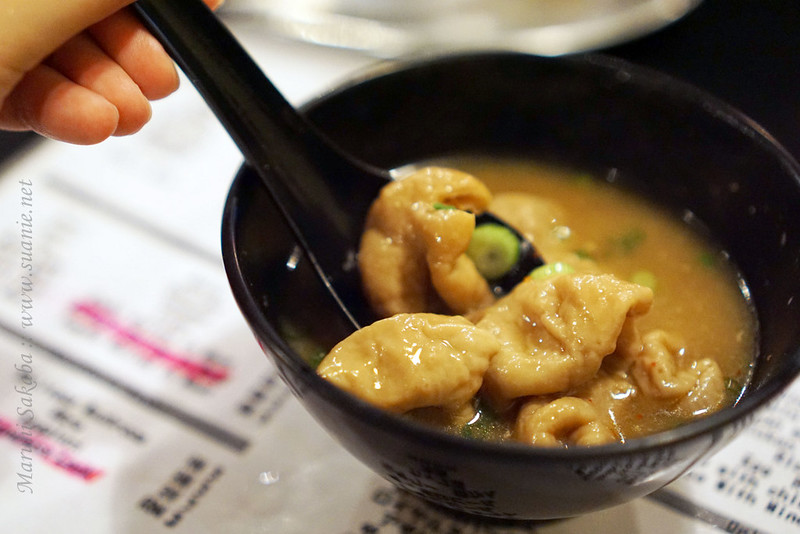When in Singapore, the first thing my friends and I MUST eat is kuey chap, a Teochew Chinese dish of noodles, soup and supreme porky bits.
You may recognise it as kway zhap, koay chap, kuey zap, etc. However the spelling, they mean the same thing: smooth kuey teow; flat, broad rice noodles in broth, served with braised pork meat, offal, beancurd and eggs.
The broth is made with the same braising sauce for the meats and offal. A blend of 5-spice powder, garlic, star anise, cinnamon, cloves, ginger, soy sauce and sugar; aromatic and insanely delicious if done right.
They do it very right at Ah Keat Pig’s Organ Soup & Kway Chap, a hawker stall belonging to Luckystar Eating House in Marsiling. The broth is flavourful without being overpowering. The pork meat is tender, the intestines clean (higher hygiene standards in Singapore) and tasty; each offal has its correct texture, and the accompanying deep-fried beancurd, braised egg and salted vegetables worthy on their own.
Two things about kuey chap in Singapore:
1) No coagulated pig’s blood. I don’t eat this but a lot of people do. But you can’t get it in Singapore anymore, their government has deemed it unhygienic.
2) Fishcakes. They add fishcakes to the braised dish. I don’t quite get it.
Ah Keat Pig’s Organ Soup & Kway Chap
Luckystar Eating House
Blk 211 Marsiling Crescent
Singapore 730211
Opens daily from 7am – 8pm or 9pm. Or whenever the owners are not off holidaying, enjoying their well-deserved breaks.
— *** —
If there is a single local food that Singapore is best known for, it must be the Hainanese chicken rice. Steamed chicken and rice cooked in chicken broth, served with a spicy sauce made of chilli, ginger and lime, yum!
You may be amused to know that there is no such thing as Hainanese chicken rice in Hainan, China. What we know as Hainanese chicken rice today, is an immigrant’s variation of the Wenchang chicken.
Perhaps the most famous chicken rice in Singapore is Tian Tian Hainanese Chicken Rice, favoured by Anthony Bourdain, Gordon Ramsay and Tetsuya Wakuda.
Smooth steamed, tender ‘white’ chicken cooked beautifully, retaining its juiciness. Eat with hot, fluffy rice and spicy, zesty chilli sauce.
A basic chicken rice plate costs S$3.50, and a whole chicken is S$24. Get some beansprouts, they go down very well together.
I read that their grain-fed chicken is sourced from farms in Batu Pahat. No wonder so delicious lah 😉
So was it good? Yes. Worth the hype? Not bad. Can you get equivalent or better in Malaysia? Yes.
There is one Tian Tian at Joo Chiat, and one at Maxwell food court. Either one, be prepared to queue in line during peak hours.
Tian Tian Hainanese Chicken Rice
#01-10/11 Maxwell Road Food Centre
No. 1 Kadayanallur St,
Singapore 069184.
Opens Tues to Sun, 11am -8pm.




